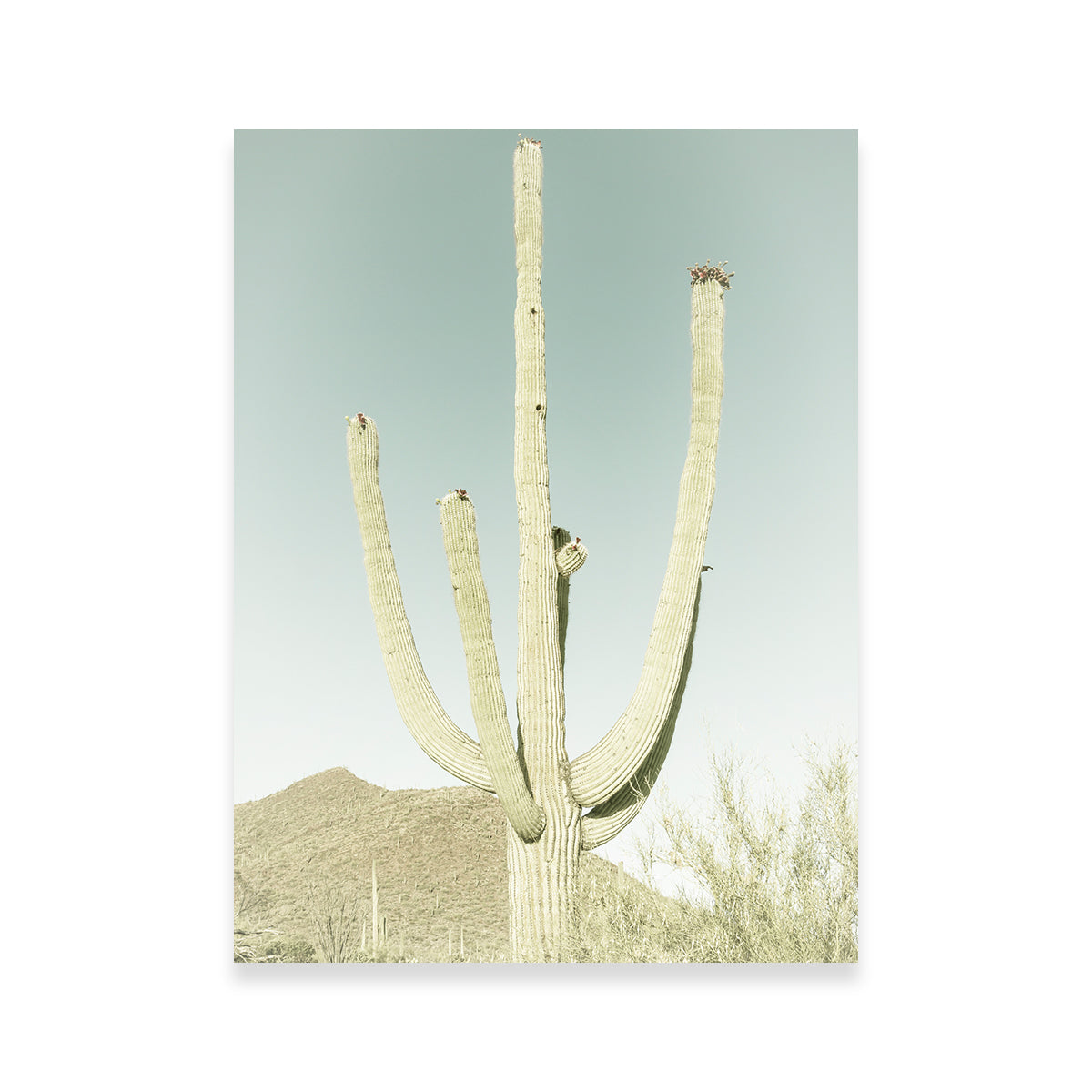The Saguaro cactus, scientifically known as *Carnegiea gigantea*, is an iconic symbol of the American Southwest, particularly within the Sonoran Desert. With its towering stature and distinctive arm-like protrusions, the Saguaro captivates the imagination and invites curiosity. But what does ‘Saguaro’ truly mean, and what stories do these giant cacti tell?
Historically, the term ‘Saguaro’ originates from the O’odham language, spoken by the Indigenous peoples of the region. In this language, ‘sahuaro’ refers specifically to the cactus plant, delineating its importance not only in nature but also in human culture. The name effortlessly connects the giant cactus to the land and the people who have respected and utilized it for millennia.
Understanding the etymology of the Saguaro adds another layer to its grandeur, granting a glimpse into the interwoven relationship between the flora and the cultural narratives of the Indigenous inhabitants of the desert. The depth of this connection fosters a greater appreciation for the Saguaro, beckoning more inquiries into its ecological significance and role in contemporary environmental discussions.
As buyers consider acquiring artwork or decorations featuring this majestic cactus, knowing its background can greatly enhance their appreciation and pride in ownership.
The Majestic Physical Characteristics of the Saguaro
Growing up to 40 feet tall and living for over 150 years, the Saguaro is truly a remarkable feat of nature. Its dense, ribbed structure not only contributes to its aesthetic appeal but also facilitates water storage. The ribs allow the cactus to expand and contract depending on rainfall, making it a master of adaptation in arid environments. With a weight that can exceed 2,200 pounds when fully hydrated, the Saguaro embodies resilience against the harsh conditions of the desert.
The green skin of the Saguaro is composed of chlorophyll, enabling it to photosynthesize and thrive. Throughout its life cycle, the giant cactus exhibits a fascinating growth pattern; seedlings may take several years to grow just a few inches, while ultimately reaching impressive heights. A fully mature Saguaro can produce over 40 million seeds during its blooming season, inviting sustenance to local wildlife, enhancing biodiversity, and ensuring the continuation of its species.
The seasonal flowers of the Saguaro, which bloom primarily at night, display white blossoms that attract essential pollinators such as bats, bees, and birds. This symbiotic relationship nurtures the ecological fabric of the desert, showcasing the interconnectedness of life in this arid environment.
The Cultural Significance of the Saguaro Cactus
The Saguaro is not only a botanical wonder; it is also deeply woven into the cultural tapestry of the Indigenous cultures that inhabit the Sonoran Desert. For generations, the O’odham people have revered the Saguaro, incorporating it into their mythology and daily life. Its ribs were traditionally used for constructing homes, while the fruit—called ‘wawuk’—is harvested to make delicious syrups and preserves.
The harvest of Saguaro fruit is celebrated as a community event, linking individuals to their ancestors and the rhythms of nature. This communal tradition underscores the sense of belonging and cultural legacy that transcends generations. In many ways, the Saguaro serves as a symbol of endurance; its thriving presence in the desert reflects the strength and resilience of the people who call this land home.
The Saguaro’s role in art and symbolism extends beyond local traditions. Artists and photographers alike are drawn to its striking silhouette against the backdrop of the sun-drenched desert, portraying it as a representation of the American frontier. Many pieces of artwork capture its majestic stance, evoking a sense of nostalgia and awe among viewers, often reminding them of their own connections to the landscape.
Modern Buyers and the Enduring Allure of the Saguaro
As the appreciation for natural beauty and authenticity grows, many buyers find themselves attracted to art and decor featuring the Saguaro. Choosing items that showcase this magnificent cactus allows individuals to bring a piece of the Southwest into their homes while celebrating the distinctive cultural and ecological aspects it represents.
When considering Saguaro-themed art, prospective buyers should inquire about the sourcing of materials, the artist’s background, and the representation of the Saguaro within the piece. Engaging with these elements will deepen their connection to the artwork, ensuring it becomes a thoughtful addition to their space rather than just another decorative item.
Furthermore, buyers should be aware of the environmental impact associated with cacti and desert ecosystems. Supporting local artisans who emphasize sustainable practices ensures that the natural beauty of the Sonoran Desert is preserved for future generations.
In Conclusion
The term ‘Saguaro’ holds profound significance, representing more than just a plant; it encapsulates the enduring connection between the land and the people who inhabit it. This giant cactus is a testament to resilience, adaptation, and cultural richness. For buyers seeking to celebrate its magnificence through art or decor, understanding the story behind the Saguaro offers a deeper appreciation for their purchase and a greater respect for the vital ecosystems of which it is a part. Embrace the beauty and legacy of the Saguaro, and you will find yourself enriched by its presence.





Leave a Comment